Content
- Video review
- Equipment and design
- Software
- Camera
- Performance and Benchmarks
- findings
In recent years, Samsung's middle peasants have been developing approximately according to Intel's famous "tick-tock" routine: either a leap in development, or a polish of the result.A leap to the A50 – a polish to the A51 – a leap to the A52 – ... This year it's the turn of polishing.First, they released the A52 5G with 5G support and a 120Hz screen.Then there is the A52s with all the features of the A52 5G plus a powerful Snapdragon 778G chipset.And now the A53 is an A52s with an enlarged battery, a 5nm processor, and one nasty deterioration.Well, let's see what happened.
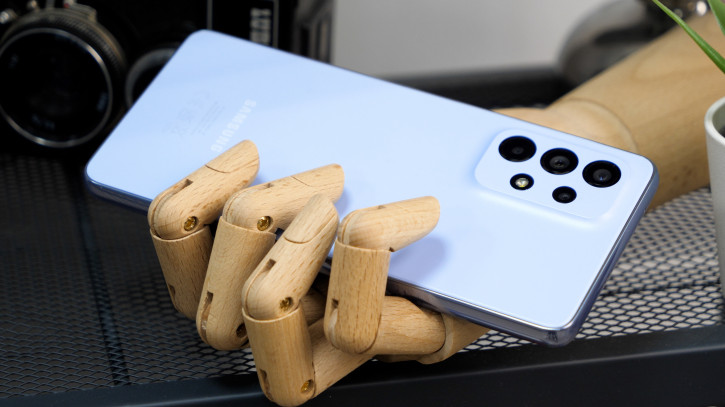
 |
Specifications Samsung Galaxy A53 | |
|---|---|---|
| Network | 2G, 3G, 4G, 5G | |
| Firmware | One UI 4.1 based on Android 12 | |
| Screen | 6.5″, 20:9, 2400×1080 pixels, 120 Hz, 800 nits, SuperAMOLED, Gorilla Glass 5 | |
| Chipset | Samsung Exynos 1280, 5 nm CPU: 2 x A78 x 2.4 GHz + 6 x A55 x 2 GHz GPU: Mali-G68 |
|
| Ram | 6 GB | 8 GB |
| ROM | 128 GB | 256 GB |
| SIM and memory card | Two nano-SIM or nano-SIM+microSD | |
| Camera | Main: 64 MP, 1/2″, 0.8 µm, f/1.8, OIS, video recording 2160p@30fps wide angle: 12MP, 1.12µm, f/2.2, 2160p@30fps video recording Macro: 5 MP, 1/5″, 1.12 µm, f/2.4 Depth sensor: 5MP, 1.12µm, f/2.4 |
|
| Selfie | Hole in the center, 32 MP, f/2.2, 2160p@30fps video recording | |
| Battery | 5000 mAh | |
| Charging | USB Type-C, 25W | |
| Wireless interfaces | Wi-Fi 802.11 a/b/g/n/ac, 2.4/5 Hz, Wi-Fi Direct, Miracast Bluetooth 5.0 GPS, A-GPS, Beidou, GLONASS |
|
| NFC | there is | |
| Biometrics | Fingerprint scanner under the screen | |
| Sound | Stereo speakers | |
| Water protection | IP67 | |
| Dimensions and weight | 159.6 x 74.8 x 8.1mm 189 g |
|
Video review
Equipment and design
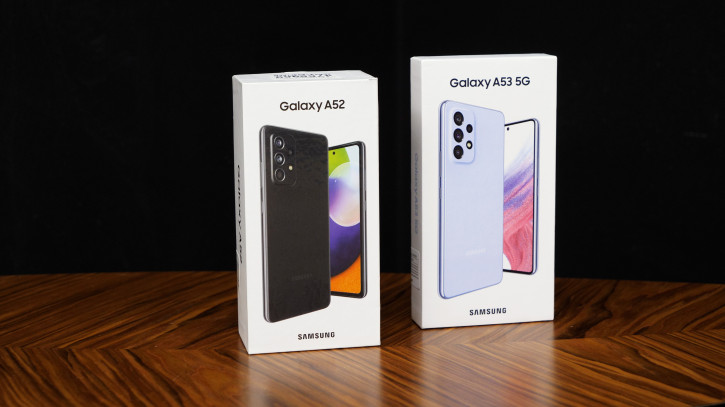
In a small thin box, in addition to thesmartphone, only documentation, a Type-C-Type-C cable and a SIM needle fit. There is no case, no protective film, the charger was presented to Greta Thunberg. The needle gives access to a combo slot where you can insert either two nano-SIMs or a nano-SIM plus microSD. When you push the tray back into the smartphone, you notice how smoothly and neatly it gets there. It is felt that Samsung did not just declare water protection IP67, but actually glued the entire phone with rubber.
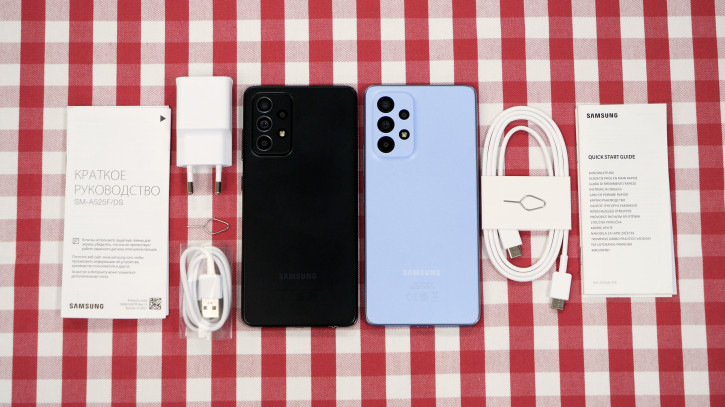
A52-A53
There are no big changes in the design of the Samsung Galaxy A53happened - all the same nice plastic on the back, glossy plastic on the ends, as well as a neat and stylish island of cameras. There are still some minor changes: the SIM tray has moved to the bottom end, the volume and lock buttons have moved a little lower (for me, it used to be better, but I know that many people like to hold the phone by the bottom, propping it up with their little fingers - they will like it), well and most importantly, the audio jack has been retired. Now the sound is via Bluetooth or via USB.

The screen diagonal is 6.5″,resolution – 2400x1080 pixels. The panel is made using SuperAMOLED technology and is quite PWM; Using a smartphone at low brightness can be uncomfortable. DC Dimming, unfortunately, is not provided. There are no other complaints about the screen - bright, juicy, smooth; 120Hz works in most applications. The sensor operates at 120 Hz in the interface and 240 Hz in games.

Built-in fingerprint scannerhas become significantly faster compared to previous generations. Although it is, of course, much slower than smartphones that combine it with a lock button. The vibration motor here is ordinary, not a “taptic” one. The speakers are a good one-and-a-half stereo: the conversational speaker, although quieter and louder than the main one, also sounds good.
Software

Samsung Galaxy A53 comes with OneUI 4.1 and Android 12. Since this shell became known as OneUI, there have been no fundamental changes in it - it's still the same super-functional and consistent firmware with good stability and localization. The only downside is that it’s overcomplicated: there are an incredibly large number of menus and submenus, and there are so many settings that Samsung had to enter hashtags for a more convenient search. On the one hand, Samsung provides more customization options than, perhaps, any other brand, and on the other hand, it does not leave the slightest chance to figure it all out.
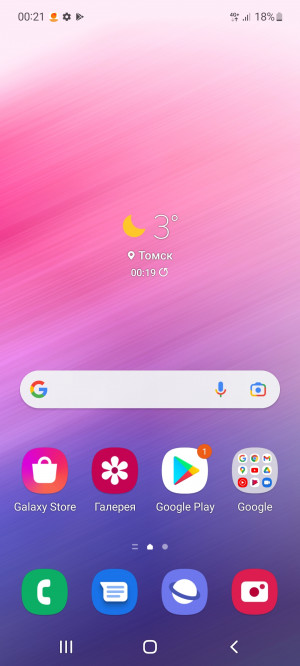

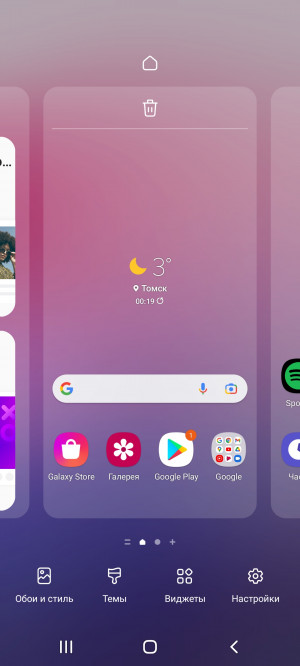

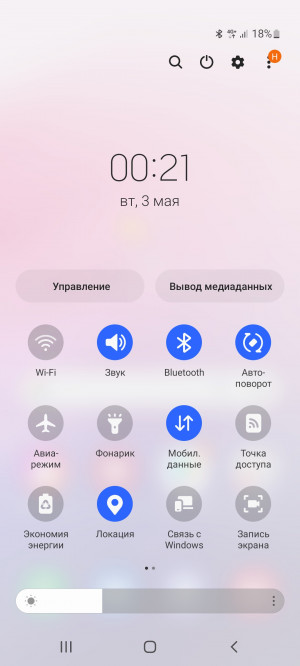
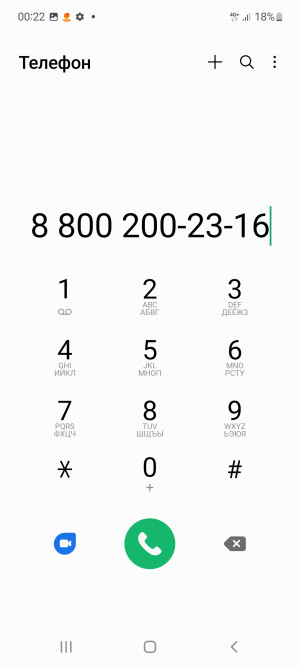

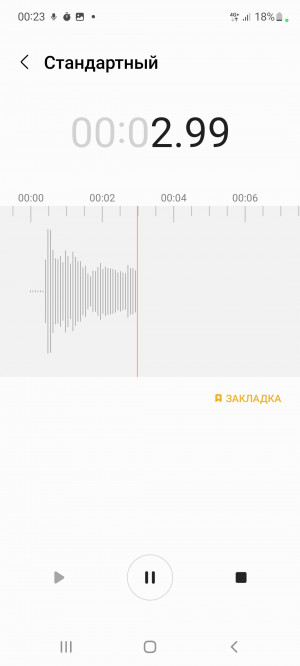



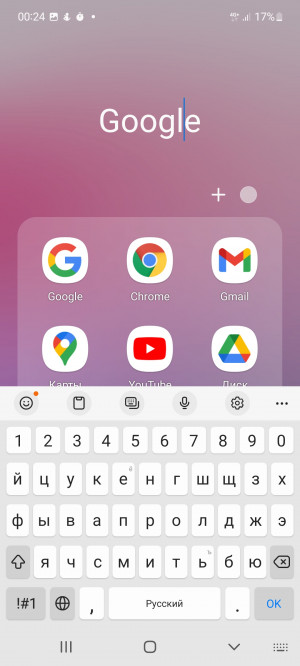







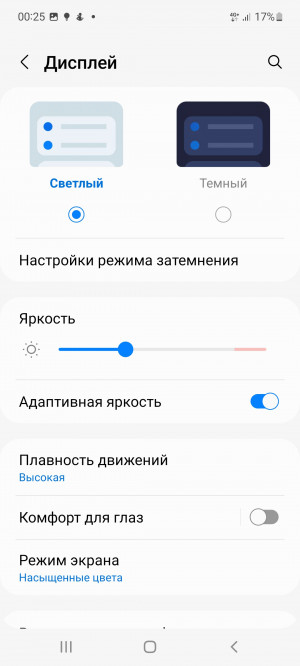

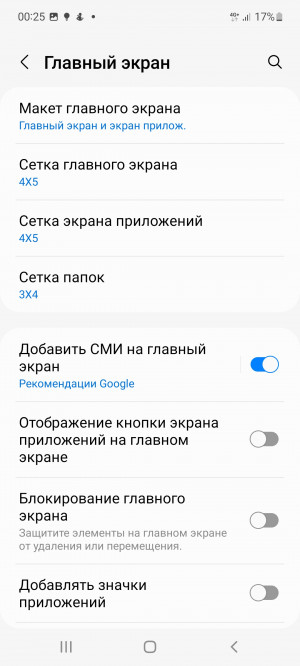




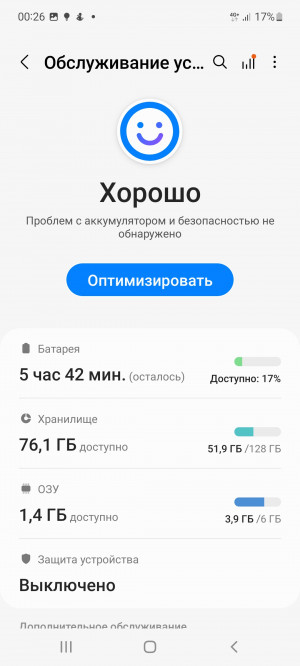
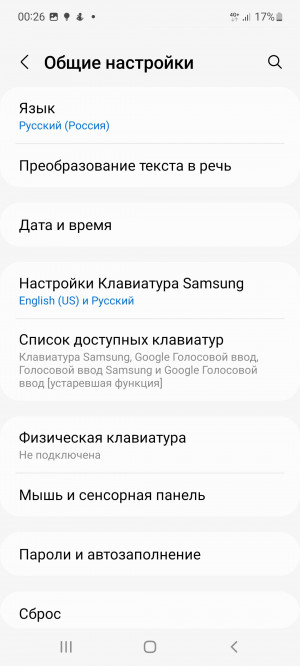
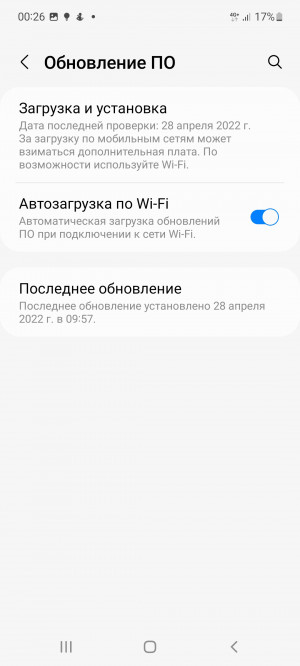
Cameras
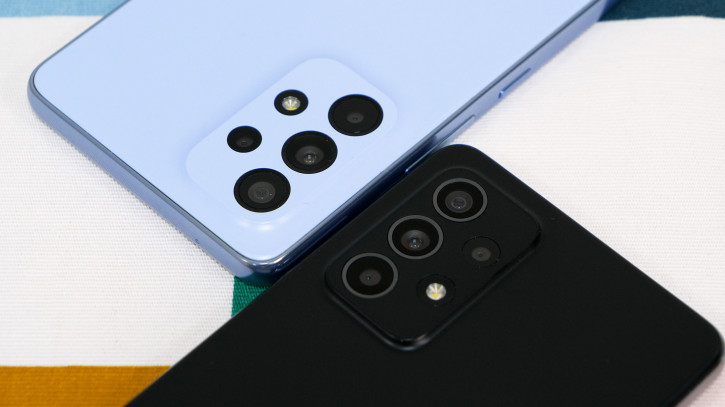
A53-A52
The most successful quartet of cameras from the Galaxy A52 reachedA53 without any noticeable external changes. This set includes a 64-megapixel main camera with optical stabilization, a 12-megapixel wide camera and two caps: for macro and a depth sensor. The stubs have an unusually high resolution - 5 megapixels. But this does not stop being stubs. OIS is still not the norm in the mid-range, and neither is 12MP wide, so on paper it's all pretty cool. What about real photos? We look:


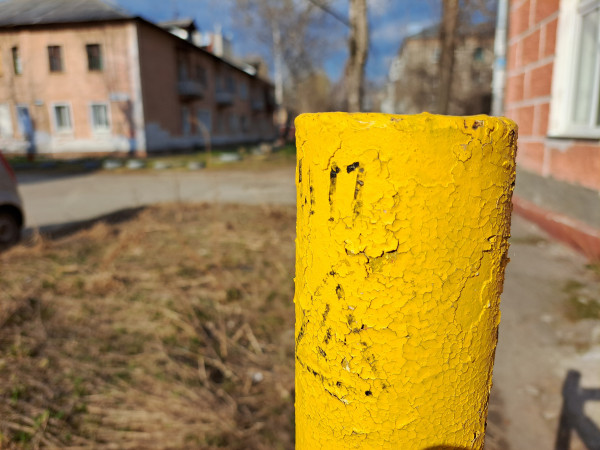

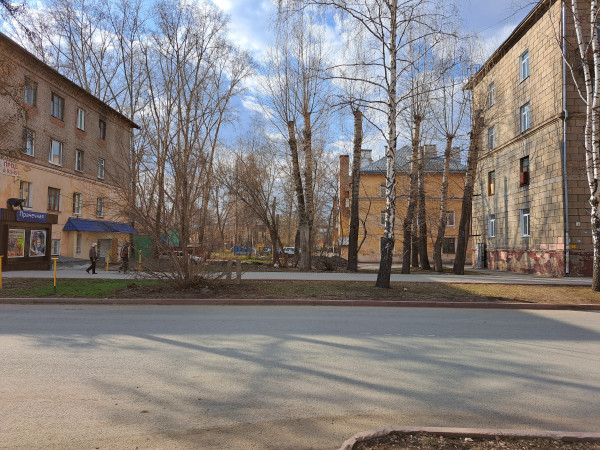

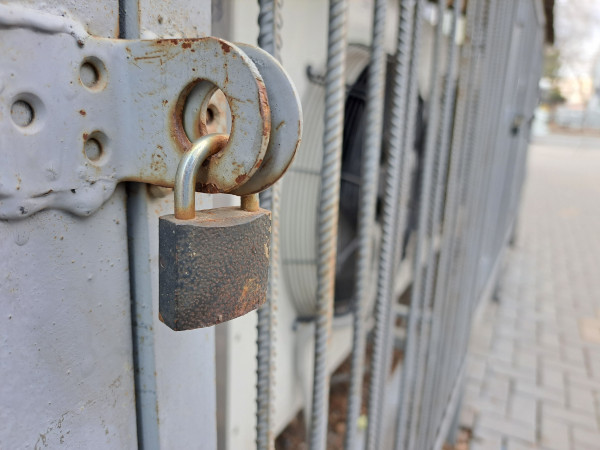

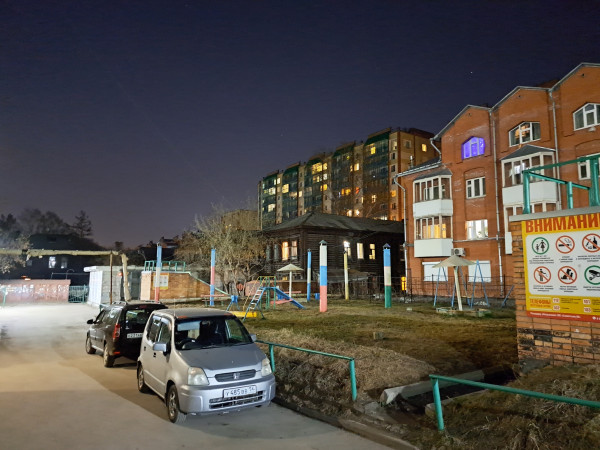


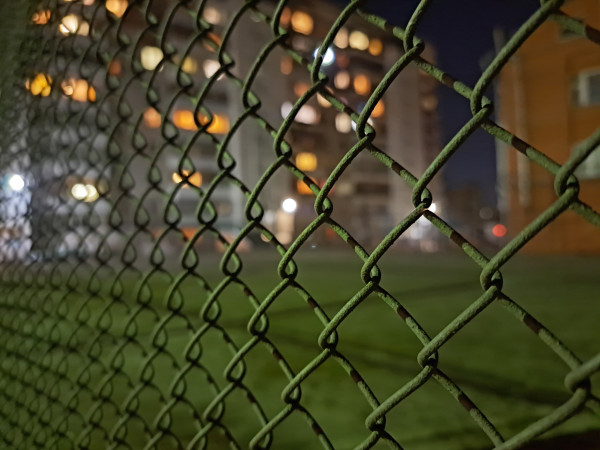
In general, smartphone cameras can reallyjust praise. The only problem is the overly artistic approach to shooting; the colors in the pictures are not always natural, sharpening is sometimes noticeable, and Tomsk at night turns into Hong Kong. But this is only a problem if you are more or less professional in photography and want to capture the world exactly as it is around you. Otherwise, you will probably even like it: the photos on the Galaxy A53 look, no doubt, beautiful. A couple more comments: a) noise reduction is not very effective, there is quite a lot of noise, but it's better than if it crushed all the details; b) the dedicated night mode is useless, there is absolutely no difference with automatics. But these are trifles, but in general, the Galaxy A53 shoots cool.


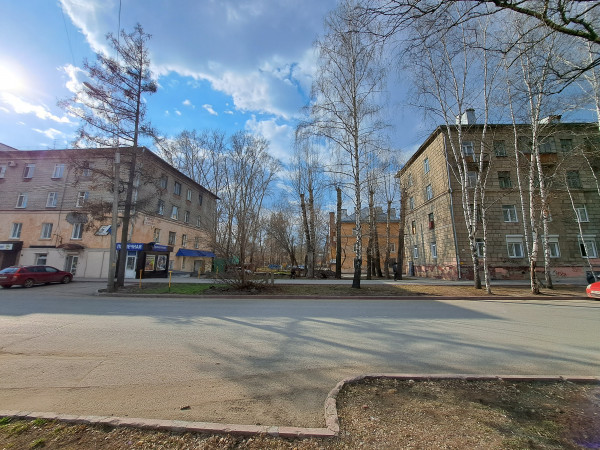


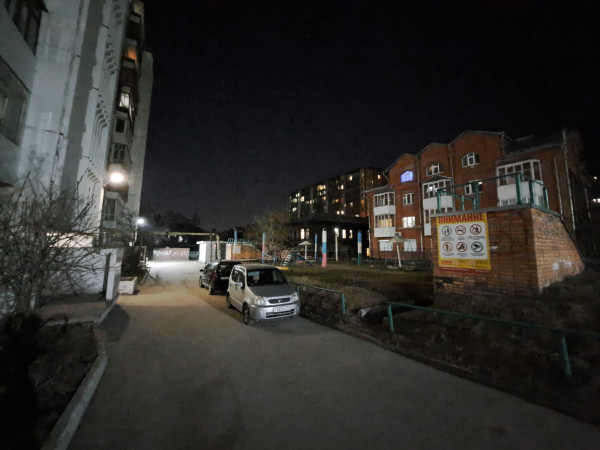
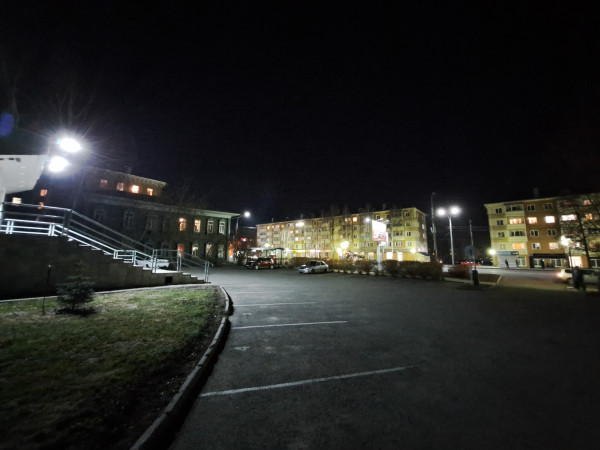
All the same applies to the width.It outperforms its Chinese competitors in detail and colors, and Samsung managed to synchronize it well with the main camera. But at night he can not cope - as, indeed, everything in this segment. The macro camera also shoots well, but this does not make it useful: the main module copes very well with close-ups, and crops from it are better than “real” macro shots.


32-megapixel front camera is cool, makes it unusualbeautiful bokeh. I still don’t understand why in the standard Samsung camera application, by default, a crop is made from the front; the viewing angle here is not so huge that it makes sense. You have to switch to full camera mode all the time.



Video can be recorded in main, wide-angle andfront camera at 2160p@30fps; the main camera and front camera also support 1080p@60fps. The quality of the video sequence is excellent - both microphones, and optical stabilization, and algorithms work well. The only problem I noticed is that it takes up to a couple of seconds to switch between frames, and during this time the video is not recorded at all. If you say something and switch the camera at the same time, part of your speech will be lost. But these are small things, of course. In general, the video part is excellent. Once again, I note OIS - thanks to it, videos on the Samsung Galaxy A53 look much better than on other middle peasants.
Performance and tests
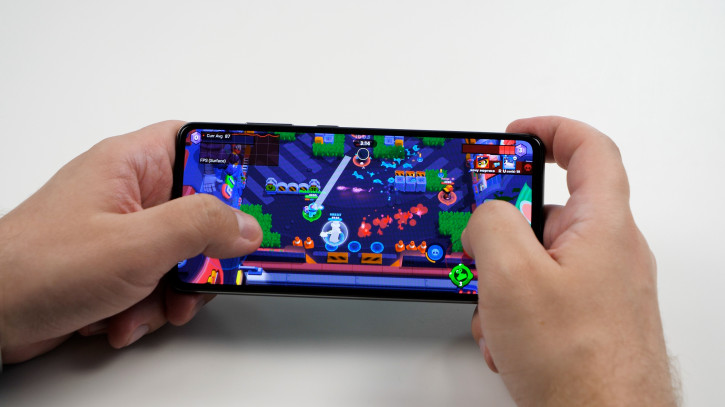
The chipset became the hardware basis of the Samsung Galaxy A53Exynos 1280. A53, together with A33, became the first smartphones with this processor, a little later the Galaxy M33 and a couple of its modifications were released for the South Korean market. Thus, the A53 turned out to be the most expensive smartphone based on the new SoC from Samsung engineers. Is the Exynos 1280 good enough for it? Benchmarks say yes, but only in terms of graphics: it knocks out as many parrots as the Snapdragon 778G, and minimally throttles (an 8% drawdown in the 18th minute of the test is not terrible). But the CPU is weak, and in some cases it can be a bottleneck, although this is rare.
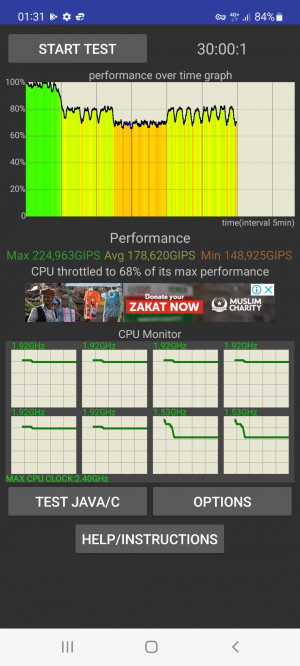
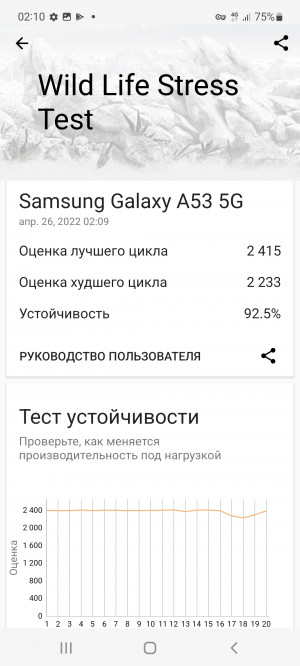
In reality, the bottleneck isSamsung software that successfully copes with the task of "making games lag on powerful hardware." For example, at maximum speed, PUBG Mobile is seriously stupid; it is uncomfortable not only to participate in skirmishes, but also just to drive around the island. Genshin Impact, which could run well at high settings with such hardware, is more or less playable only at medium settings, and for comfortable fps you need to set low ones at all. But with SuperTuxKart, Samsung's game optimization failed, and it goes well. Simple games like Magic Rampage also work well.
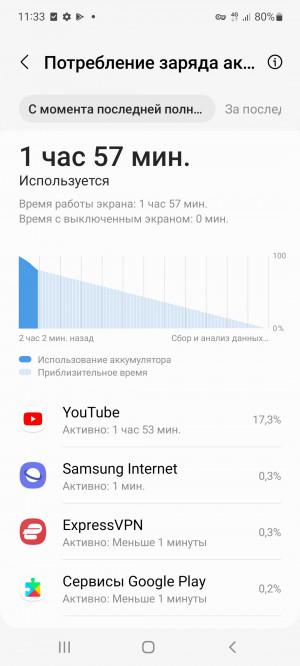

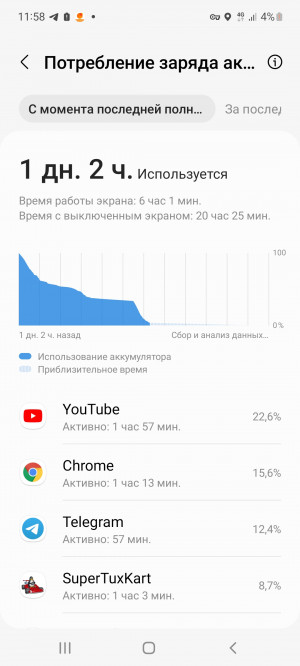
Battery is the main improvement of the Samsung GalaxyA53 compared to its predecessor. The battery, whose capacity is now 5000 mAh, calmly allows you to count on the smartphone to work until late in the evening, even on the hardest day. On easier days, you can take a chance and try to spend two days on one charge, but I still would not advise. My average result is six hours of screen time on a single charge. Synthetic numbers: minus 20% for two hours of YouTube video and minus 10% for an hour in the game. Note that I used the phone in 120Hz mode; if hertz is not important to you, then you can get the best battery life (7-8 hours on a single charge, I guess).

A53-A52
Manufacturer claims support for 25W fastcharging, but since there is no charger in the kit, we will not check this. In addition, 25 W is not that much, without exception, all competitors in this segment offer at least 30 W. I have no complaints about the quality of telephone communication, the signal is caught well, but the GPS works disgustingly - if you want to look at the routes of your walks or training on the map, then bypass the Galaxy A53.
Conclusions
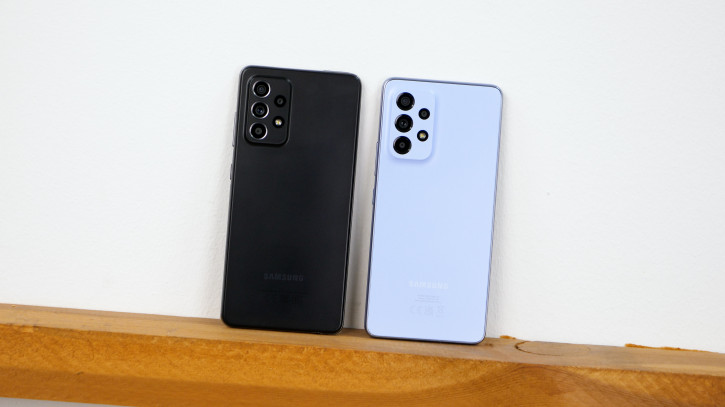
A52-A53
Samsung Galaxy A53 is not officially sold inRussia, as, most likely, and all new Samsung in the near future. Serovos, which include retail stores, ask for about 30,000 rubles for it - and for this money this, of course, is not the best choice. No offense to the phone itself - cool cameras, user-friendly OneUI interface, nice and practical design, water resistance and stereo make it a worthy representative of the middle class.
Discounts and promotions in Telegram!
© Oleg Lazarev.